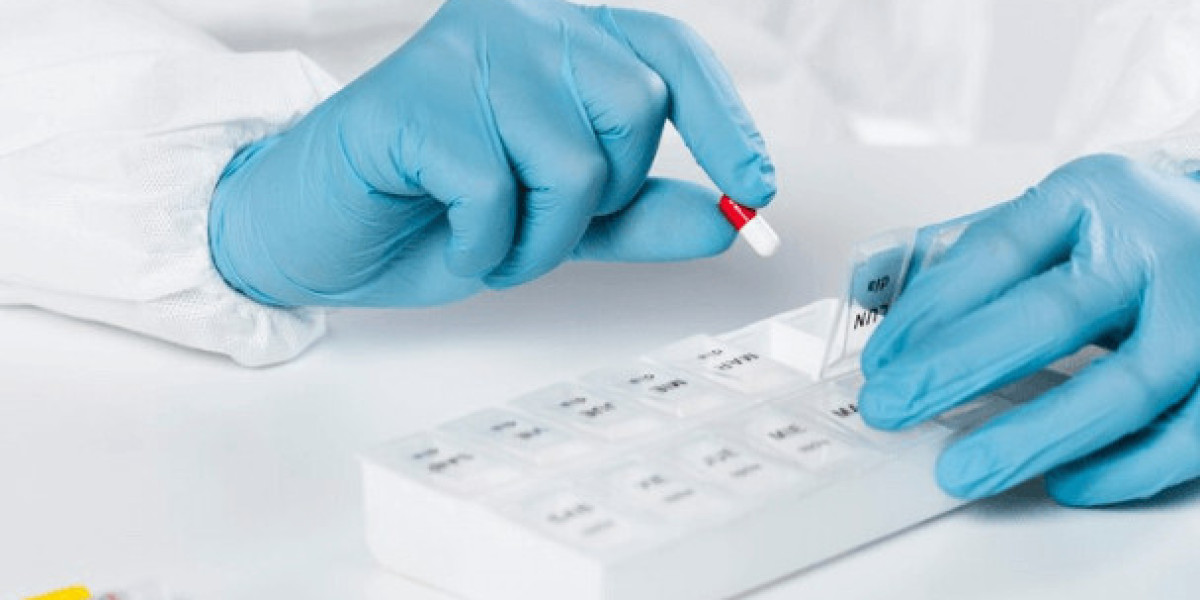Medical diagnostics has come a long way, with various tests helping healthcare professionals understand and treat patients effectively. One of these essential diagnostic tools is the NCCT test. In this blog post, we will explore what the NCCT test is, its importance in medical diagnostics, and how it contributes to patient care.
What is an NCCT Test?
NCCT stands for Non-Contrast Computed Tomography. This imaging technique is widely used to obtain detailed images of the body's internal structures without the use of contrast agents. Unlike traditional CT scans, which may involve a dye to enhance the images, the NCCT test relies solely on X-rays to create cross-sectional images. This makes it a preferred choice for many patients who may have allergies to contrast materials or other contraindications.
Importance of NCCT Test in Medical Diagnostics
The NCCT test plays a crucial role in diagnosing a variety of medical conditions. Here are some key reasons why this test is so important:
1. Quick and Accurate Results
One of the primary advantages of the NCCT test is its ability to provide rapid and precise images of internal organs and structures. This speed is vital in emergency situations where time is of the essence. For instance, when a patient presents with symptoms of a stroke or head injury, an NCCT test can quickly determine if there are any abnormalities, allowing doctors to make informed decisions swiftly.
2. Evaluation of Various Conditions
The NCCT test is instrumental in evaluating numerous conditions. It is commonly used to assess:
Head Injuries: Identifying fractures or bleeding in the brain.
Kidney Stones: Detecting stones and their location within the urinary tract.
Lung Disorders: Diagnosing conditions such as pneumonia or lung cancer.
Abdominal Issues: Assessing conditions like appendicitis or pancreatitis.
3. Reduced Risk of Allergic Reactions
Since the NCCT test does not require the use of contrast agents, it significantly lowers the risk of allergic reactions. Many patients have concerns about potential side effects from contrast dyes, making the NCCT test a safer alternative for those with a history of allergies.
Preparing for an NCCT Test
Preparation for an NCCT test is generally straightforward. Patients are typically advised to wear comfortable clothing and may be asked to remove any metal objects that could interfere with the imaging process. Unlike some other imaging tests, fasting is usually not necessary, allowing patients to maintain their regular routines.
Conclusion
In summary, the NCCT test is an invaluable tool in medical diagnostics, offering quick, accurate imaging without the risks associated with contrast agents. Its ability to assess various conditions makes it an essential component of patient care. As technology continues to evolve, the NCCT test will likely play an even more significant role in enhancing diagnostic accuracy and improving patient outcomes. If you or a loved one may need this test, understanding its purpose and benefits can help alleviate any concerns and lead to better health decisions.








